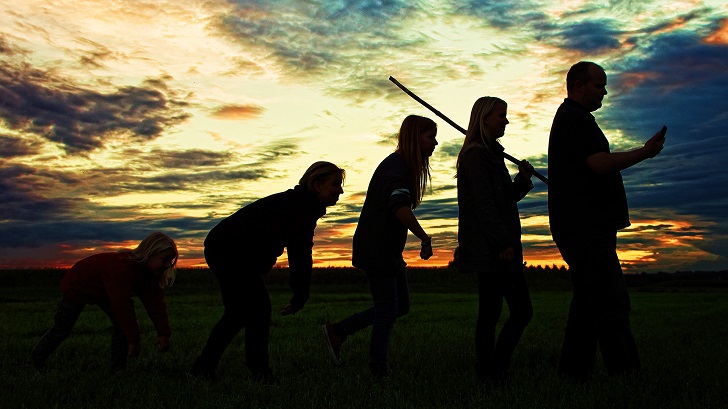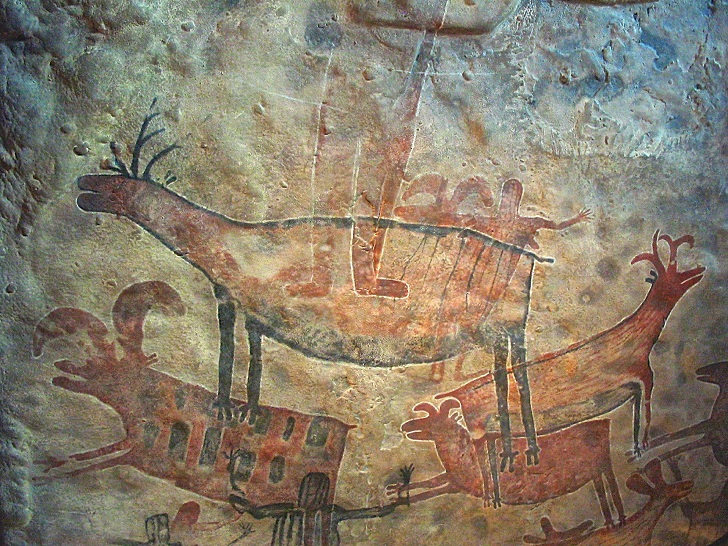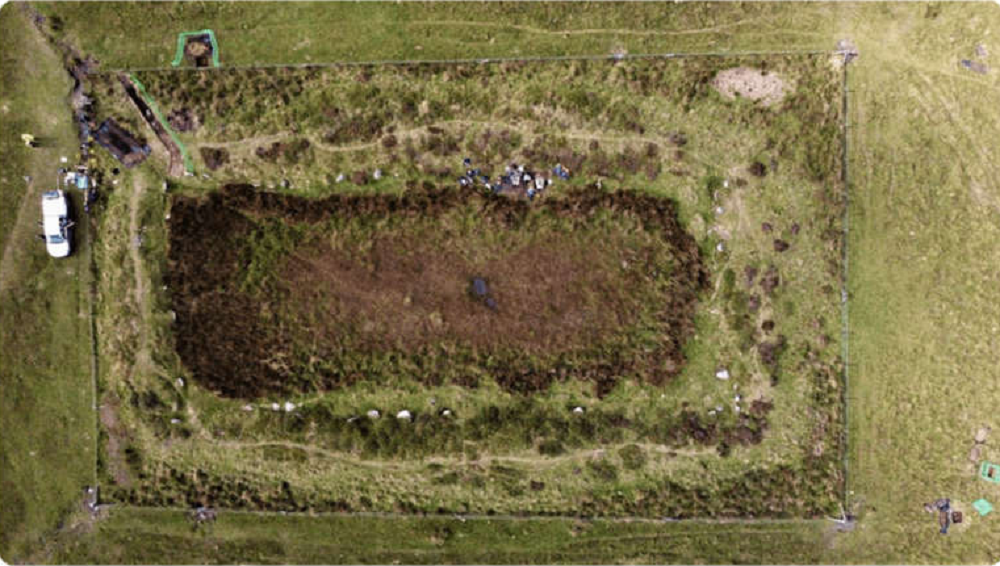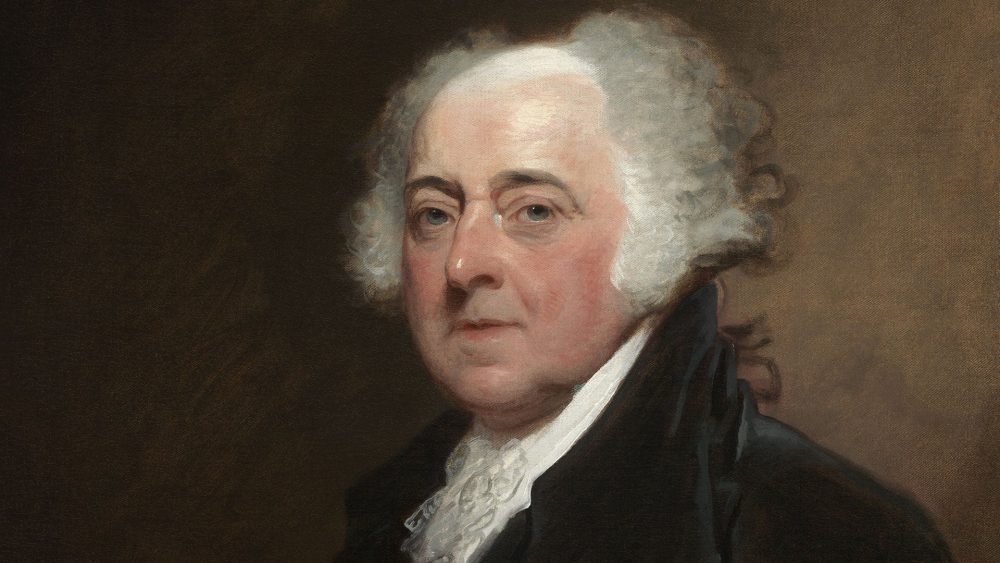Man is constantly evolving, and so he is discovering his origins. The science of evolution, how and where Homo Sapiens evolved, and how we are constantly evolving, all of this was discovered in the last century or so.
Charles Darwin was the first to hypothesize about our ancestors in his book, “The Descent of Man,” published in 1871. He said that our ancestors came from Africa, but he lacked fossil evidence to back up his claims.
In 1924, debris found at a limestone quarry in South Africa contained a fossilized skull of a toddler, which gave support to Darwin's claims. This skull was called the ‘missing link’ since the skull had both human and ape-like features. This fossil was classified as a Hominid, a relic that includes features of both humans and all our extinct relatives.

WikiImages/Pixabay. Fossils found in Africa and Asia tell the story of human evolution
But a single fossil was not enough evidence–time and time again, thousands of discovered fossils pointed towards Africa as the birthplace of the first humans.
The study of the evolution of mankind has no shortage of differences and rivalries over differences of opinion but the African origin of our species is a unifying factor among researchers of human evolution.

jplenio/Pixabay. According to Paleoanthropologists, the first hominins evolved between 9 to 6 million years ago
Paleoanthropologists have calculated an estimated timeline of between six million and nine million years ago and according to them, that is when the first hominins had evolved. The distinguishing factor between our ancestors and other apes was the fact that they could walk on two legs. Another important differentiator for the first hominins was smaller canine teeth, which signified a change in social interactions and less aggression.
Between 3.5 million years to 3 million years, the hominins ventured away from the dry African areas and into the grasslands and had also started creating stone tools. The Homo species evolved between 2.5 million years and 2 million years, with significantly larger brains than their ancestors.
Our species, the Homo Sapiens emerged around some 300,000 years ago, as the Homo members began their migration from Africa to Eurasia. One ancestor evolved into the next and fossil discoveries thereafter signaled towards more than twenty hominin species. There is a difference of opinion amongst paleoanthropologists on how to classify the hominin species, as according to these discoveries, many species overlapped in terms of place and time.

rodro/Pixabay. Cave paintings, human remains and fossils help us piece us the mystery of human evolution
The story of human evolution is a work in progress, both in Africa and around the world. Although nothing can be said with certainty, the discovery and study of fossils help us understand the history of our existence in a better way.





